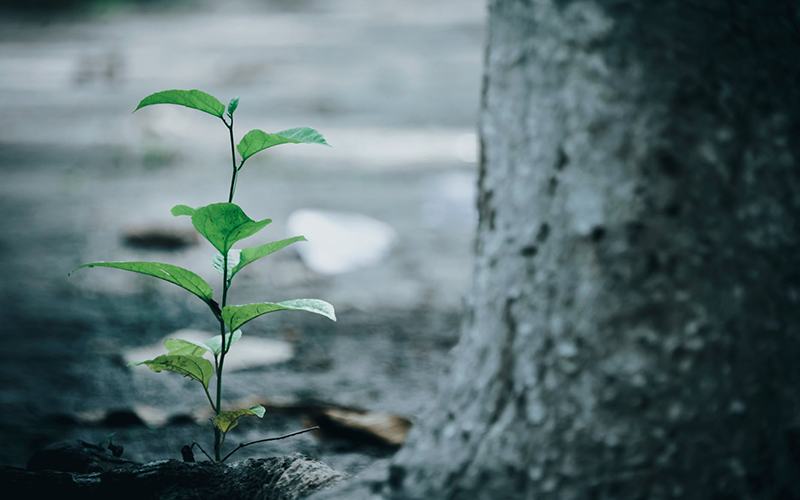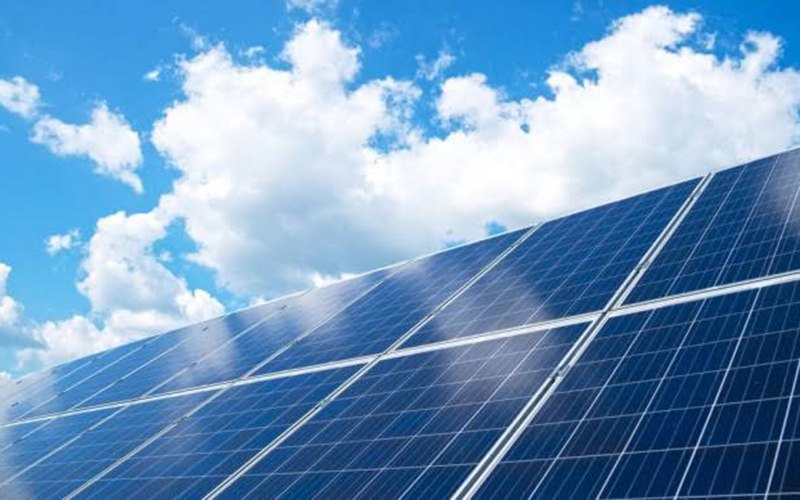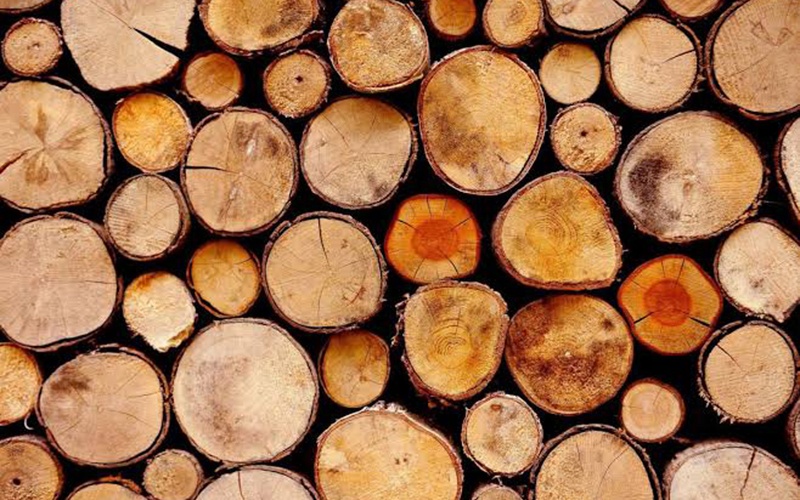
Interested in sustainable building? We list our top sustainable building tips below - for those looking to build in Australia. Here at The Shed House our priority is to reduce the impact on the land, so sustainability in materials is always considered. Chat to us to see how we can help build a fully self sustaining home.
Keen to get started? Check out our Getting Started page here.
Build Smaller
No matter how green you build a large home, a smaller home with the same energy efficient
and eco-friendly construction techniques will have a smaller environmental impact.
And even though ”Tiny Homes” are popular, building smaller doesn’t mean that you need
to restrict yourself to living tiny. Using creative design principles you can make your more
expansive dream home plans have a smarter yet smaller footprint.
Smaller housing options are becoming popular because of their efficiency, reduced
maintenance costs and lower impact. They are being planned in both urban and rural
settings. The point is, just be thoughtful about how you use your space when planning
and building your home. Design your home around your lifestyle, and keep the space
manageable and cost effective. Think of square footage as an investment; put it where you
most need, instead of expanding in every direction.
Go Solar
The sun is the ultimate source of clean, low-cost energy. When you build, you have a unique
opportunity to plan for solar power in a way that owners of older homes cannot. By
making solar power native technology in your new home, you can take advantage of light,
positioning and geography. This enables the most efficiency and energy for your investment. How you situate your home on its lot and where you place solar panels can have a significant
impact on the power you collect.
Combined with other sustainable building ideas, solar power
can generate enough energy for you to start selling some back to your energy company. If that
isn’t incentive enough, there also are grants, tax breaks and other government incentives
related to the use of solar power in your home.

Cool your Roof
The material used on your roof can make a dramatic difference in your home’s energy
efficiency. You may want to consider a product that reflects the sun’s energy away from
the roof, cools faster at night and holds less heat for less time. This will help to reduce energy
costs and usage related to heat. Special membranes and lighter coloured metal roofing are
a few of the products available with varying degrees of green benefits.
Harness Geothermal Power
Geothermal power involves a substantial up-front investment, but with it, you have almost
limitless energy with which to heat and cool your home. The earth becomes your
heat sink with geothermal energy. During winter, heat moves from deep underground to
your home’s HVAC system. In the summer, your AC removes excess heat and dissipates
underground using the same principle as a heat pump. Think of geothermal heating and
cooling as a way to move heat instead of creating it through combustion.

Rely on Recycling
If you’ve ever wondered where old blue jeans and newspapers go, the answer might be as
close as your walls. Total-fill insulation made from recycled materials pays off in the short and long term. Because you’re using recyclables, your initial material cost is often lower
than it would be for virgin materials. You’re also saving money over time by using insulating
products that perform as well or better than first-use insulation. Cotton, wool, wood pulp and
soybean byproducts are a few of the materials you’ll find as spray-in or roll insulation.
There are many other recycled materials being used in sustainable building, such as
reclaimed wood. You also may want to discuss with your builder options for using recycled steel or recycled wood/plastic composite, both of which are high quality, durable products. This can that can therefore reduce the amount of new timber used in your home.
Use Sustainable Materials and Methods
From the frame to the flooring, sustainable building materials can
reduce the impact of your construction on the environment. Wood is a renewable resource
when choosing a supplier who follows sustainable planting practices. Flooring is one area
where new products that are environmentally friendly and great for home insulation ratings. Modern flooring of this sort includes bamboo, cork and linoleum, which is made of natural, renewable materials. More consumers, designers and builders are choosing linoleum as environmentally friendly flooring with a long lifespan. It also has the ability to be completely recycled at the end of life.
Additionally, some methods of construction have inherently sustainable characteristics.
Many Modular or Prefab homes can be classified as sustainable not just because of their
energy efficiency and the materials used. The process of building the
home’s elements in a controlled setting produces many material and labor savings, and can
decrease waste. Modular homes have become increasingly popular and are considered an
accepted form of green home construction.

Work with your Land
If you design your home to take advantage of the surrounding landscape,
you’ll enjoy easier, less expensive lawn care. If your property slopes,
plan your planting to take advantage of its natural characteristics. Plant water-loving
willows in low areas and conifers on higher ground. Try exercising a landscaping technique
that uses native plants and rock to minimize water use. Developers can use green land
development strategies that can save money and are environmentally-friendly.
Focus on Water
People are becoming increasingly aware of fresh water consumption and conservation, and
are taking further steps to reduce water consumption. Consider fixtures and appliances that
conserve water such as grey water systems and Energy Star rated fixtures. Also consider capturing rainwater on your property. Before homes had running water, households often collected run-off in cisterns. Collected rainwater can be used to fill water features, irrigate gardens and maintain landscapes. Innovations in onsite water management technologies include using a rain garden in place of simply piping water off the property. Also as a natural way of filtering runoff in your yard.

"Energise" Windows in your Green Home
Energy Star windows are have quickly become rock stars in the green home product market. Energy Star windows also greatly reduce sound transfer between outside and inside. The result? Heating and cooling costs drop and home values rise. Homeowners can experience savings of
hundreds of dollars a month in reduced energy bills.
Take Thermostats to a New Level
Once only available in high-end homes, highly programmable thermostats are becoming
the standard for new homes everywhere, as well as off-the-shelf upgrades being installed
in existing homes. These high-tech thermostats can be programmed to adjust heating and
cooling activities that take into account time of day, times when no one is home, vacations
and more. This type of thermostat reduces your heating and cooling bills and saves the
environment by reducing energy production. Furthermore, your HVAC system works more
efficiently, meaning less wear-and-tear on the system and a longer life.
